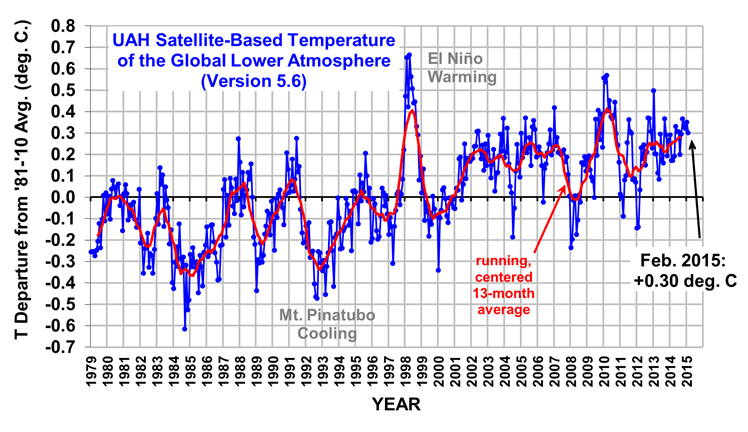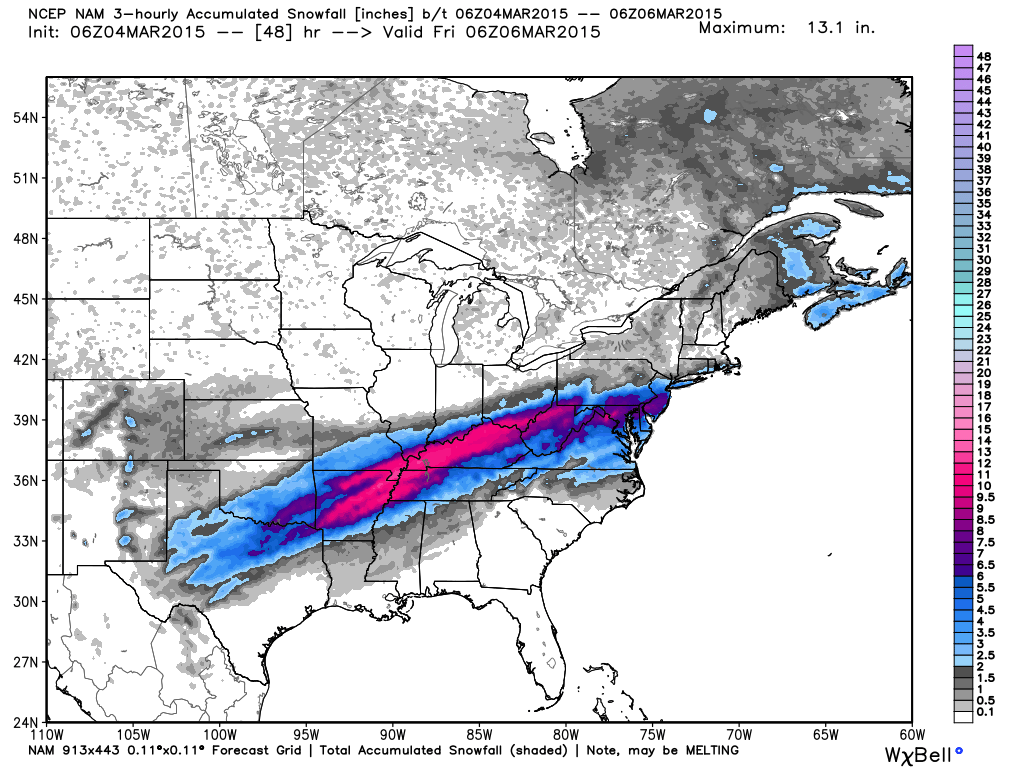 A couple of days ago, one of DoD’s polar-orbiting weather satellites — “F-13” — exploded. They aren’t sure why, but one insider has claimed it was an overheated battery. I guess I don’t see how an overheated battery causes the disintegration of a satellite into 40+ chunks, unless it ignited leftover hydrazine propellant.
A couple of days ago, one of DoD’s polar-orbiting weather satellites — “F-13” — exploded. They aren’t sure why, but one insider has claimed it was an overheated battery. I guess I don’t see how an overheated battery causes the disintegration of a satellite into 40+ chunks, unless it ignited leftover hydrazine propellant.
Now, I don’t consider myself superstitious, but there has been a pattern of failure among space missions involving the number “13”.
Out of the NOAA polar orbiting satellites (NOAA-6, -7, -8, -9, -10, -11, -12, -13, -14, -15, 16, -17, -18, -19), which one might you guess failed? That’s right, NOAA-13. In 1993 after less than 2 weeks on orbit, NOAA-13 experienced a short circuit in it’s battery charging system, rendering the satellite useless. In contrast, NOAA-15 is now in it’s 17th year of continuous operation.
And guess which Apollo mission nearly ended in disaster? Apollo-13, after an oxygen tank exploded and Tom Hanks almost single-highhandedly brought the Moon mission safely home.
And what about the GOES-13 geostationary weather satellite that failed just before hurricane season started (in 2013!). It was later brought back from the dead (after 2013, of course).
I think I would just skip “13” when numbering satellites. Maybe use “12A” instead.
And don’t get me started about calling a satellite “ADEOS”. The Japanese Earth observation satellites ADEOS-I and ADEOS-II both failed early in their missions from solar panel malfunctions. The successful follow-on Japanese satellite is GCOM-W, which fortunately doesn’t mean “bye-bye” in any language.
Oh! I almost forgot! The Japanese name for the 2 failed ADEOS satellites was “Midori”, which in Japanese means…wait for it…”green”.

 Home/Blog
Home/Blog





